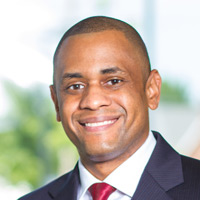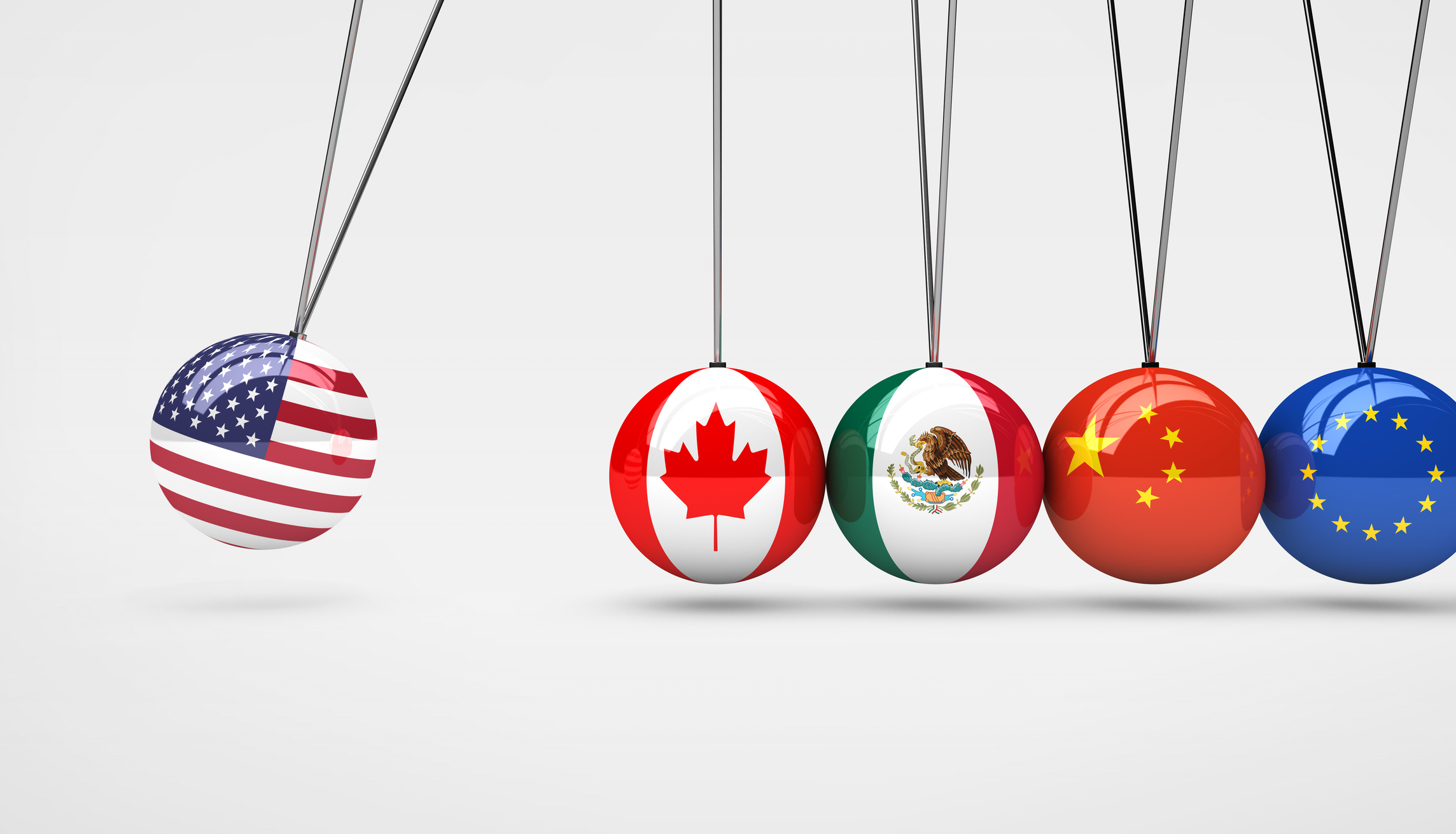If You Want to Retire Comfortably, It Isn't All About Investing
Preparing for what happens AFTER you finish building your nest egg and actually retire may be trickier and more important than all the saving and investing you did to get there.


Here’s a little secret, just between you and me.
A lot of people — maybe even most people — can be successful DIYers through the early years of their investing life. Unless you’re a high earner, have a high net worth or have some other special planning needs, you probably can figure out how much you want to contribute and how to allocate your assets. (If you can’t or don’t want to, you should, by all means, seek professional guidance — even if it’s only on specific occasions, or to tap into some good investing advice.)
However, I’m going to warn you: When you’re ready to wrap up the accumulation phase and move on to preservation and distribution, things could get a little trickier. OK, a lot trickier. Using a DIY approach may not be the best choice as the focus shifts from making and saving as much money as you can to living off that money for decades in retirement.

Sign up for Kiplinger’s Free E-Newsletters
Profit and prosper with the best of expert advice on investing, taxes, retirement, personal finance and more - straight to your e-mail.
Profit and prosper with the best of expert advice - straight to your e-mail.
One of the mistakes I see when prospective clients come to my office — retirees and pre-retirees alike — is that even when they do go for financial advice, they don’t necessarily contact a retirement professional. Which means they usually don’t have a comprehensive retirement plan. They sit down and tell me they’re pretty happy with their investments because they had a 7% return the year before. But when I ask them about their income plan, what they’re doing about taxes and health care, and if they have a will, they get quiet.
“I guess we never thought much about any of those things,” they say. “Our adviser just helps us pick stocks.”
So, what they’re telling me is that instead of taking the time to understand their needs, someone looked at their investments and said he or she could make them more money. That’s it.
That’s great when you’re young, but not so much when you need to help safeguard your portfolio from risks in retirement. That’s why you need a comprehensive financial plan that includes:
1. A solid income plan.
You want to make sure you have reliable income streams in retirement, so you can cover your expenses. That means maximizing pension and Social Security benefits for you and your spouse. You also need to know what will happen to the surviving spouse’s income when one of you dies and the lower Social Security payment (and possibly that pension) goes away. You should also consider how your expenses might change over the years, as your lifestyle changes. Then there’s inflation. The current inflation rate is 2.3%, and though there’s no predicting the future, you can be reasonably sure that the $100 in your wallet won’t buy nearly as many groceries even 10 years from now.
2. An investment plan.
In retirement, it’s important to reduce the potential for a big loss in your portfolio. You simply won’t have time to recover the way you did when you were younger. I like to take a “three-bucket” approach. Using a couple with $1 million saved, here’s what that looks like:
- Bucket One is for safety. Our couple is extremely conservative, so we’ll set aside $100,000 for their emergency fund.
- Bucket Two is for income. Let’s say they need $5,000 a month to cover their expenses, but their Social Security and pension payments equal only $3,000. They’ll need to fill that income gap, so we’ll set aside $500,000 in conservative investments for them to draw from.
- Bucket Three is for growth. This bucket should only be created once our couple is sure their safety and income needs have been met. In this case, they have $400,000 left to invest for the long term. They can take a little more risk with this money because they won’t have to touch it until they’re deep into their retirement. They may have to tap into this at a later date due inflation on normal necessities, especially health care. Even though they may be spending $5,000 a month today, the need will increase to $7,500 a month in 10 years considering an average 3% cost of living adjustment.
3. A tax-efficient plan.
If you have most of your nest egg in a 401(k) or traditional IRA, you need to remember that you haven’t paid taxes on that money yet — and Uncle Sam wants his cut. Your goal is to pay him what’s fair, but no more. So, your tax-efficient plan might include, for example, taking advantage of the recent tax reforms, which delivered new brackets, lower rates and a bigger standard deduction that should be in place until at least Dec. 31, 2025. If you’re older than 59½ and can take money from your 401(k) without a penalty, this might be the right time to convert some of that money into a Roth account and pay taxes on it now instead of later. And if you’re younger than 59½ and have a traditional IRA, you could convert some of the funds in it to a Roth IRA. Your financial adviser can help you run the numbers and come up with other smart strategies.
4. A health care plan.
Even those who have an otherwise well-thought-out plan tend to overlook health care planning. But if you require long-term care, for example, the cost could be devastating. According to the 2018 Genworth Cost of Care Survey, the national median cost for a semi-private room in a nursing home is $7,441 per month. That can quickly drain a portfolio. If you retire before 65 and will lose employer health coverage, you also need to think about how you’ll pay for medical costs until you’re eligible for Medicare.
5. A legacy plan.
Most people say they want to leave something behind for their loved ones, but few have given much thought to how they’ll do it — or what the tax consequences will be for their beneficiaries. Even if you’re already working with an estate attorney, you should be incorporating this information into your overall financial plan.
All five of these points should work together to form one comprehensive plan that puts you in a comfortable position for the short term and long term.
It sounds complicated, but your financial adviser should be able to analyze what you have and tell you what’s in good order, then outline the actions necessary to help what isn’t working. If your financial professional only wants to talk about stocks, bonds and mutual funds, and you’re close to retirement, look for a financial professional who could provide a plan that helps move you forward from the day you meet through the rest of your retirement years.
Kim Franke-Folstad contributed to this article.
Get Kiplinger Today newsletter — free
Profit and prosper with the best of Kiplinger's advice on investing, taxes, retirement, personal finance and much more. Delivered daily. Enter your email in the box and click Sign Me Up.

Marvin Mitchell is an Investment Adviser Representative and founder of Compass Retirement Solutions, LLC (www.compassretirementsolutions.com). He is the host of "Re-thinking Retirement" on NewsTalk 97.1 in St. Louis, Missouri, and also serves as a speaker, coach and trainer.
-
 How Many IRS Commissioners Have We Gone Through This Year?
How Many IRS Commissioners Have We Gone Through This Year?IRS Who were the former commissioners, and why did they resign? Find out how IRS turnover can impact your taxes.
By Kate Schubel
-
 Trump Dials Back Most Tariffs but Targets China
Trump Dials Back Most Tariffs but Targets ChinaThe Kiplinger Letter Wall Street hopes that higher tariffs on most countries are on hold for good. But the trade war between the U.S. and China is heating up.
By Jim Patterson
-
 First 100 Days: Trump's Impact on Your Finances
First 100 Days: Trump's Impact on Your FinancesHere are some opportunities to consider regarding investing, interest rates and tax cuts as the financial landscape shifts under the new administration.
By Daniel Razvi, Esquire
-
 What Would Happen if You Put Your Tax Refund in an IRA?
What Would Happen if You Put Your Tax Refund in an IRA?Not only could you get a tax break, but the compounding effect over 35 years could turn the average refund into nearly $14,000.
By Romi Savova
-
 Children Can't Afford to Fly the Nest? Here's How to Help
Children Can't Afford to Fly the Nest? Here's How to HelpThe high cost of living means more adult children are staying at home. Here are four ways to help financially so they can eventually spread their wings.
By Kelli Kiemle, AIF®
-
 A QLAC Does So Much More Than Simply Defer Taxes
A QLAC Does So Much More Than Simply Defer TaxesHere are the multiple ways you can use a QLAC, from managing retirement risks to creating income for specific retirement needs and wants.
By Jerry Golden, Investment Adviser Representative
-
 Self-Directed Brokerage Accounts: Retirement's Hidden Gem?
Self-Directed Brokerage Accounts: Retirement's Hidden Gem?SDBAs are often overlooked, but they can offer more flexibility and growth potential inside your 401(k) when actively managed by a professional.
By Scott M. Dougan, RFC, Investment Adviser
-
 Early-Stage Startup Deals: How Does a SAFE Work?
Early-Stage Startup Deals: How Does a SAFE Work?Investing in an early-stage startup can get complicated fast, so the venture capital industry turns to other investing options. One is a SAFE.
By Murat Abdrakhmanov
-
 Should You Hire a Public Adjuster for Your Insurance Claim?
Should You Hire a Public Adjuster for Your Insurance Claim?As natural disasters strike more often, insurance clients are asking, 'What should I do, or who should I hire, if my insurance company is jerking me around?'
By H. Dennis Beaver, Esq.
-
 Tips to Help Entrepreneurs Create Self-Sustaining Businesses
Tips to Help Entrepreneurs Create Self-Sustaining BusinessesWith the right processes and people in place, a truly sustainable business can be efficiently passed on to a successor and run profitably on its own.
By Jason L Smith, CEP®, BPC